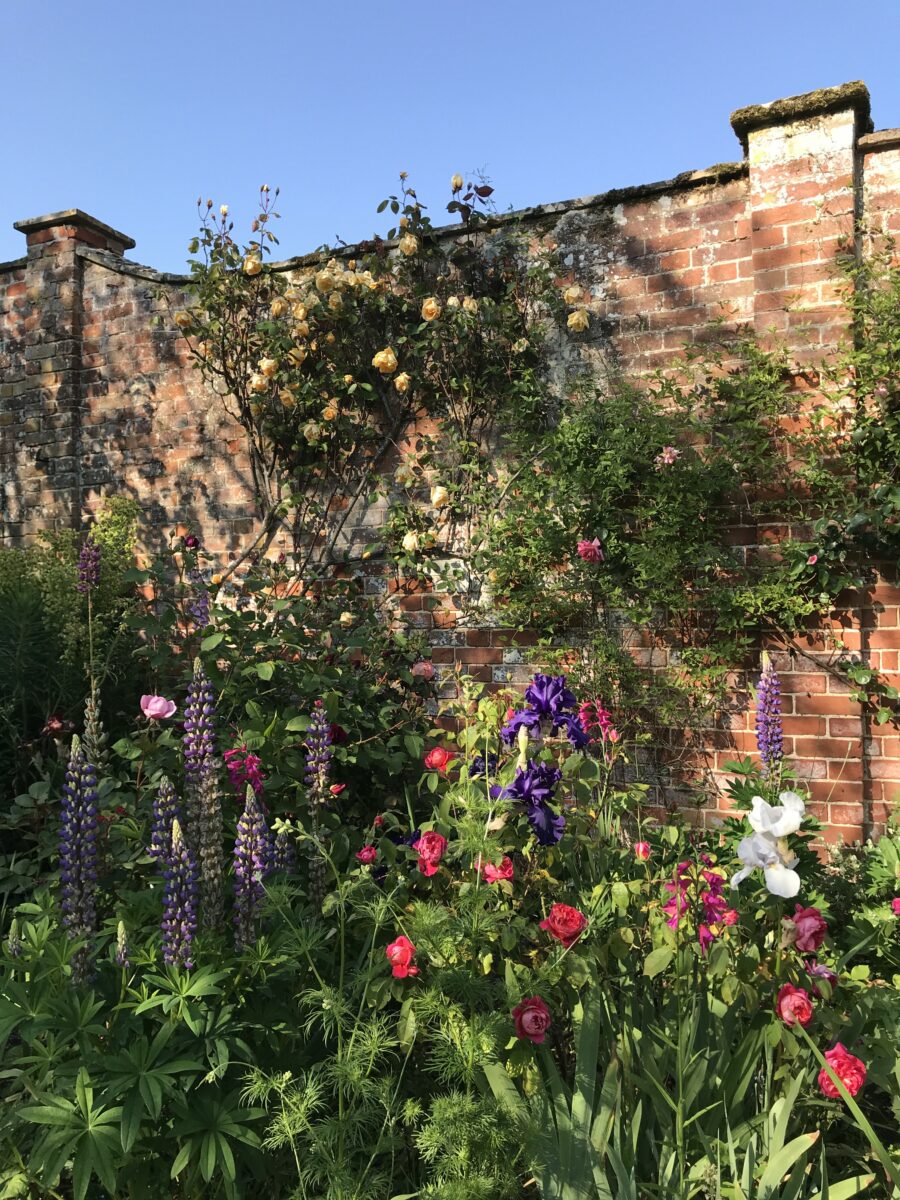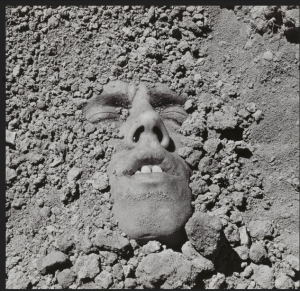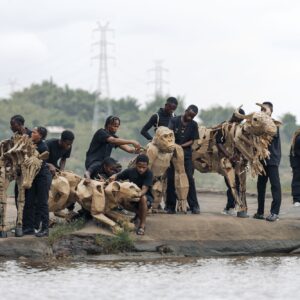
I came across Olivia Laing’s writing last summer in Amsterdam. My friend, an artist, (Laing is particularly loved among artists) had one of her books stacked on the floor in her bedroom. It was her 2020 collection of essays, Funny Weather. She said I’d like it, and it became my routine: after work, I’d cycle over to the public ponds, swim, and then read a chapter of Funny Weather on the decking. When I finished it, I cycled to the bookstore and bought Laing’s then most recent book: Everybody, the one they published in 2021 before their latest book — The Garden Against Time.
At the end of Everybody — which, to me, felt like a thrilling, dystopian meditation on the body: the fight to simply exist in one, to move around in one, and to feel at ease among other bodies — whether in protest, in nations, or in relationships. It ends with some hope: ‘just imagine the world that we could build,’ reads the final line.
It feels like The Garden Against Time was written to answer this call for utopia; the counterpoint to the hellish pains of Everybody. You could consider these two books working almost in tandem, like a kind of mediaeval diptych, hinged together, (one panel being hell, the other, heaven) that can stand up on its own as a unit. Both meditating on the idea of what it means to be free, and if it’s truly possible.
But what might have started as a redemptive offering — The Garden Against Time, I think, is actually at its best is when it unpicks and frays away at the human projections we impose on nature (without nature necessarily ever asking for it) and, why that has cost us so much.
It’s a marked difference in attitude to their 2011 debut book, To The River, in which they position themselves as the follower of the River Ouse; the river’s recipient or active listener. Here, in The Garden Against Time, there’s an all together different mood. It’s a type of literary auditing into why our fictitious, and flimsy ideals of nature have fucked up the planet. Eden? ‘Little better than a prison camp — a flowering panopticon watched over by angelic armies,’ also ‘where eviction is an omnipresent threat. It sounds a lot like earth’. Well, quite.
You could almost hear the river water sluicing along the banks reading To The River, but in The Garden Against Time, it’s like rivers are tinkered at, inspected, like clues for a kind of societal autopsy. Like how she spells out each of Eden’s rivers: ‘Pison, Gihon, Hiddekel and Euphrates, which cut into the land most dangerously,’ the prose has this kind of fastidiousness, obsessively trawling through historical scraps of minutiae for answers, to get at the truth of why we’re so deluded by the fantasies of vegetal paradises.
It reminds me of what Timothy Norton says: ‘putting something called Nature on a pedestal and admiring it from afar does for the environment what the patriarchy does for the figure of a woman. It is a paradoxical act of sadistic admiration.’
Whether it’s Eden, the landscapes of British estates, the mediaeval hortus conclusus gardens at The Red House; the garden of Derek Jarman or Vita Sackville-West, or the wild bower on Hampstead Heath — Laing is interested in the state of lack, or the societal fencing — that motivates us to plinth up these unobtainable, imagined gardens.
What John Berger starts considering in his essay Field in 1980, Laing takes to its logical conclusion. In a genre-blurry style very similar to Laing’s, Berger considers what his ideal field is (a grass field; a field on a hillside; not a field in winter). Berger’s ideal field has certain qualities with painting (‘defined edges, an accessible distance, and so on; and (b) a theatre-in-the-round stage — and attendant openness to events, with a maximum possibility to exits and entrances’).
Laing takes these concepts and provides the connective tissue to how this maps onto our societal ills. An etymology discussion of paradise, an Avestan word: pairida?za, meaning walled garden, will eventually drift into a sharp commentary on Trump’s wall. The language of theatrics too is heavily loaded on British estate landscaping (Heveningham Hall is described as being ‘as depthless as Disneyland’), where ‘human beings were regarded as just as moveable as trees’. ‘Gardens of Empire,’ Laing calls them.
We also are enamoured with the idea of a fixed, seasonless landscape (‘landscape’ as a word, Laing reminds us, ‘originates instead with paint. It emerged from the Dutch in the sixteenth century as the technical term for a painting of a rural scene’), has connections with our constant need for consumption and growth under capitalism. Laing confesses: ‘I’d somehow internalised the idea that a good garden is a deathless garden, in a state of continuous perfection.’
Which goes into the second part of the book’s title: Time. Laing uses the garden to explore time more as a ‘helical sequence’, ‘the kind of time that moves in spirals or cycles, pulsing between rot and fertility’ (makes me think of Louise Bourgeois spirals or Sheila Heti’s anti-chronology writing in Alphabetical Diaries). But I found this idea remained somewhat elusive, and open-ended, since later Laing says ‘a garden is a time capsule, as well as a portal out of time.’ It felt like it was on slippery ground. @olivialanguage





